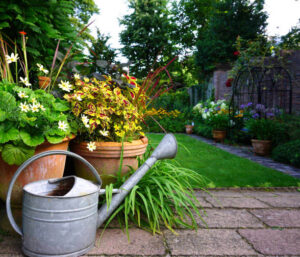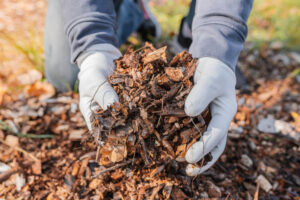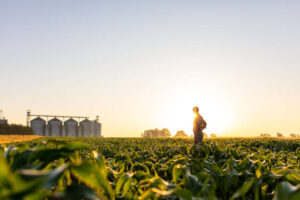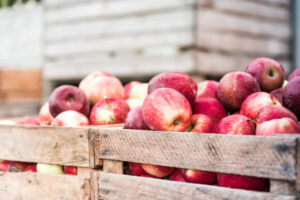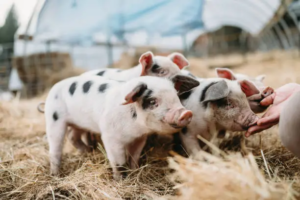Canning and preserving are age-old techniques that allow us to enjoy the flavors and nutrients of fresh produce long after the growing season has ended. These methods not only help in reducing food waste but also provide a way to savor the peak ripeness of fruits and vegetables throughout the year. In this article, we’ll explore the basics of canning and preserving, offering insights into different methods and essential tips for success.
The Basics of Canning

Canning is a method of preserving food by sealing it in airtight containers. This process involves heating the food to destroy any microorganisms that could cause spoilage and creating a vacuum seal that prevents contamination.
Types of Canning
- Water Bath Canning:
- Ideal for high-acid foods such as fruits, tomatoes, pickles, and jams.
- Involves submerging jars in boiling water for a specified time.
- Pressure Canning:
- Necessary for low-acid foods like vegetables, meats, poultry, and seafood.
- Uses a pressure canner to reach higher temperatures than boiling water can achieve, ensuring the destruction of harmful bacteria.
Essential Equipment
- Jars and Lids: Use canning-specific jars and two-piece lids for the best results.
- Canning Rack: Keeps jars off the bottom of the pot and allows water to circulate.
- Jar Lifter: Helps safely remove hot jars from boiling water.
- Bubble Remover: Releases trapped air bubbles in jars before sealing.
- Funnel: Assists in filling jars without spilling.
Steps for Water Bath Canning

- Prepare the Jars: Sterilize jars and lids by boiling them in water.
- Prepare the Food: Clean, peel, chop, or cook the produce as required by the recipe.
- Fill the Jars: Use a funnel to fill jars with prepared food, leaving appropriate headspace.
- Remove Air Bubbles: Use a bubble remover to release trapped air.
- Wipe Rims and Seal: Clean the rims of the jars, place the lids, and screw on the bands.
- Process the Jars: Place jars in a water bath canner, ensuring they are covered with water. Boil for the specified time.
- Cool and Store: Remove jars and let them cool. Check seals and store in a cool, dark place.
The Basics of Preserving

Preserving encompasses a range of methods beyond canning, including freezing, drying, fermenting, and making jams and jellies.
Freezing
- Advantages: Quick and retains nutrients well.
- Best For: Fruits, vegetables, meats, and prepared foods.
- Tips: Blanch vegetables before freezing to preserve texture and color.
Drying
- Advantages: Long shelf life, requires minimal space.
- Best For: Fruits, vegetables, herbs, and meats (jerky).
- Methods: Air drying, oven drying, or using a dehydrator.
Fermenting
- Advantages: Enhances flavor and adds probiotics.
- Best For: Vegetables (sauerkraut, kimchi), dairy (yogurt), and beverages (kombucha).
- Process: Involves allowing natural bacteria to ferment food under controlled conditions.
Making Jams and Jellies
- Advantages: Transforms fruits into delicious spreads.
- Best For: Fruits with high pectin content like berries, apples, and citrus.
- Process: Cook fruit with sugar and pectin, then can using the water bath method.
Tips for Successful Canning and Preserving

- Use Fresh, High-Quality Produce: The better the quality of the starting ingredients, the better the preserved product.
- Follow Tested Recipes: Use recipes from trusted sources like the USDA or reputable canning guides.
- Maintain Cleanliness: Sterilize all equipment to prevent contamination.
- Label and Date: Always label jars with the contents and the date they were canned.
- Store Properly: Keep canned goods in a cool, dark place. Check seals periodically and use preserved foods within a year for best quality.
Canning and preserving are rewarding practices that connect us to traditional methods of food storage while allowing us to enjoy garden-fresh flavors year-round. Whether you’re a novice or an experienced preserver, these techniques offer a practical and satisfying way to extend the bounty of your harvest.
Related Articles:
Preserving Peaches: Tips For Canning, Freezing, And Drying
How To Pickle Cucumbers: A Beginner’s Guide To Making Crunchy Pickles


